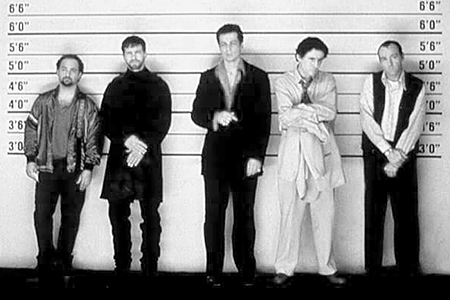
Crime Scene Policies
Quiz
on reading.
Lecture. Week 7.
Until
this point we have primarily been dealing with evidence
collection. Now we start on the tactics of the responding officer
and witness statements.
The responding officer's job is both stressful and multi-faceted. She must use effective safety procedures for both herself, those involved in the incident, and communicate known threats to other respondingofficers. In addition, she is charged with both not damaging evidence at the scene and making sure no one else , including other officers, damages the evidence. Evidence includes people who can provide testimonial evidence at the crime scene. These people must be controlled, because the propensity of many people at a crime scene is to leave or deny knowledge of the events.
Recent research has questioned the value of eyewitnesses, including victims. Of the hundreds of convicted people who were subsequently exonerated by DNA evidence, eyewitness misidentification testimony was a factor in 74% of the wrongful convictions (Innocence Project Factsheet). Many of these witnesses may have had their memories tainted by casual lineups (photographic lineups or physical lineups) or well-meaning but improper statementsby the police.
We will discuss current research in lineups and how those relate to the
way our brains store memories of people.
Reading Assignment for THIS week:
DOJ Crime Scene Policies The significant part of this starts on page 11. Read to page 32.Text, pp. 163 to 164 inclusive; 168 (Describing . . .) to 173 incl.; 175 (Eyewitness . . .) to end of chapter.
OPTIONAL READING
Innocence Project Wrongful Convictions
Dallas Police Photo Lineups
Reconsidering Uncorroborated Eyewitness Identification Testimony
Back to
Crimininal Investigation
©
Christopher Bruno